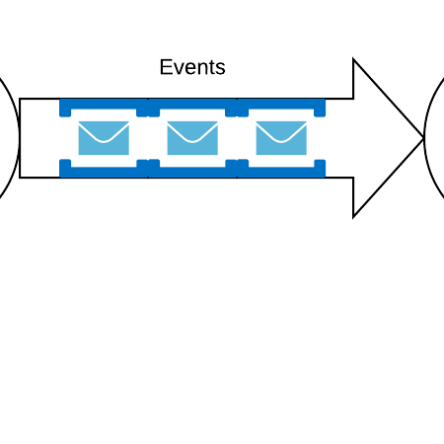An Exercise in Domain Modeling Guided By Strategic Domain Driven Design – Part 2
In this final part, I will review the current domain model, explore alternatives and make some model improvements keeping in mind the outcome of the design level event storm. Finally I will end with some DDD takeaways that should be applicable generally





